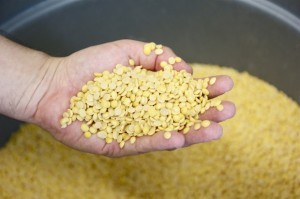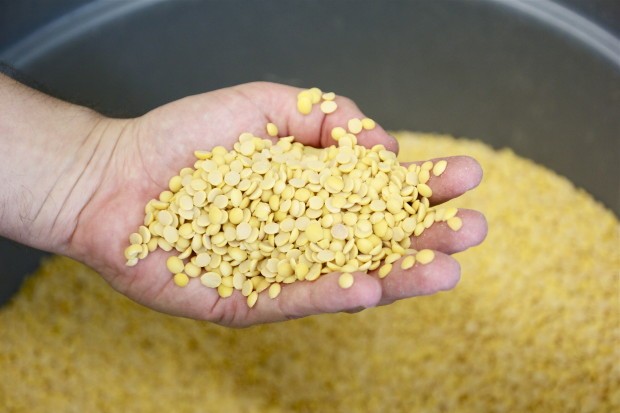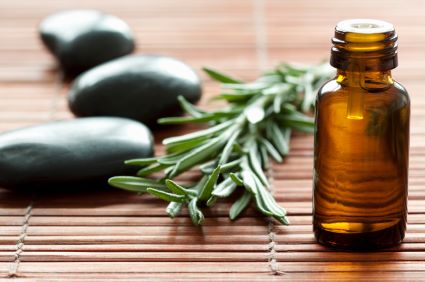
Organic food has become very popular. But navigating the maze of organic food labels, benefits, and claims can be confusing. Is organic food really healthier? Is it more nutritious? What do all the labels mean? Why is it so expensive? This guide can help you make better choices about which organic foods are healthier for you and better for the environment, and how you can afford to incorporate more organic food into your diet.
Are you confused about food label claims and what they really mean? That's part of the strategy of the global food giants, of course: confuse you with so much noise that you give up trying to make sense of it all. That's why I wrote this article: to demystify food label claims and give you the low-down on what they really mean. Most of these points will probably surprise you.
A majority of US packaged foods labelled as “natural” and tested by the non-profit testing group actually contained a substantial level of genetically modified ingredients.
This is yet another way in which the word ‘natural’ – which has not legal definition – can be grossly misleading for consumers.
Consumer Reports conducted a survey of more than 80 different processed foods containing corn or soya, the two most widely grown genetically engineered crops in the United States, to determine whether labelling claims for GMO presence were accurate.
While foods labelled as “non-GMO,” or “organic” were found to be free of genetically modified corn and soya (or at least within legal upper limits of 0.9% adulteration with GMOs), virtually all of the foods labelled as “natural” or not labelled with any claim relating to GMO content contained substantial amounts of GMO ingredients.
GMOs were found in breakfast cereals, chips, and even infant formula.
The organization said it …
The term “organic” refers to the way agricultural products are grown and processed. Specific requirements must be met and maintained in order for products to be labeled as “organic.”
Organic crops must be grown in safe soil, have no modifications, and must remain separate from conventional products. Farmers are not allowed to use synthetic pesticides, bioengineered genes (GMOs), petroleum-based fertilizers, and sewage sludge-based fertilizers. Organic livestock must have access to the outdoors and be given organic feed. They may not be given antibiotics, growth hormones, or any animal-by-products.
Please Read this Article at NyrNaturalNews.com





Leave a Reply